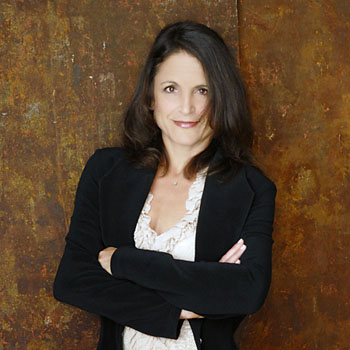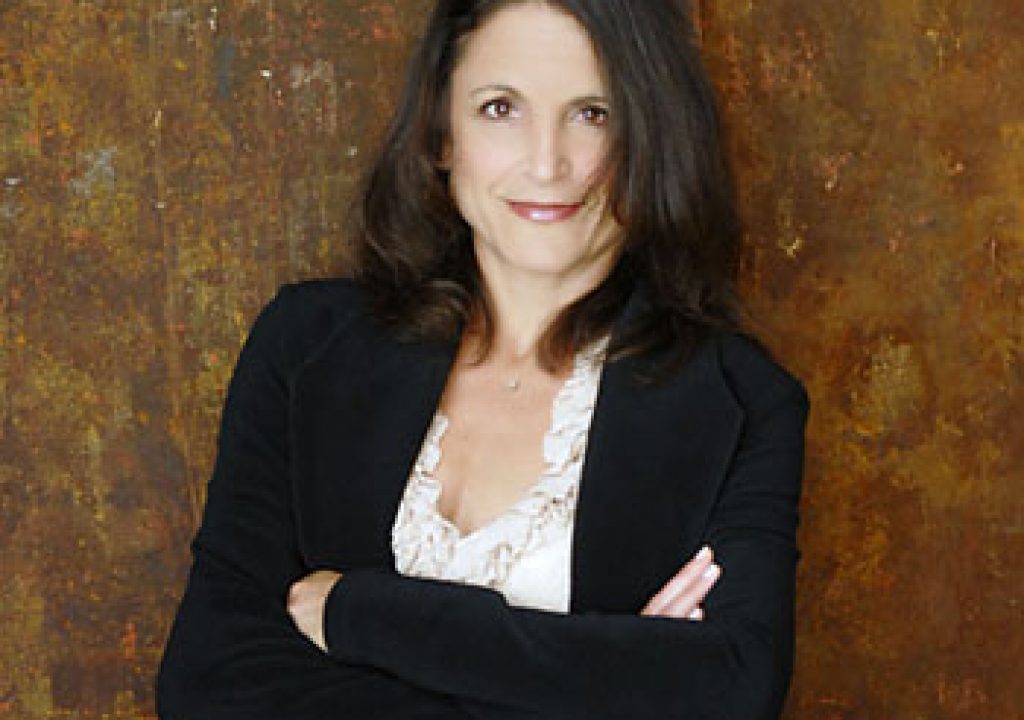Distribution is often the last thing filmmakers and content creators think about, but HBO’s recent annoucement could be an indication that it should be among the first. Knowing where and how an audience is going to find your content is a critical consideration these days, and with so many more options the topic has become a very complex one. Understanding the ways in which distribution has and will continue to evolve is essential for content creators of all sizes.

We wanted to explore what this annoucment means for content creators today and in the future when it comes to distribution, and she provided us with some key insights around how audiences, professionals and the industry as a whole are and will be effected.
ProVideo Coalition: HBO’s decision to create a standalone over-the-top service (OTT) has been labeled as everything from inevitable to a game changer to the death knell of cable. What are your thoughts?
Kathryn Arnold: Hollywood’s move into the OTT service is both inevitable and a game changer. As more and more consumers, and the majority of the Millenials and beyond, cut the cord and get their programing direct from the creator —as seen for the last several years on YouTube— and now on Netflix, Amazon Prime and others, it makes sense for the major content creators like HBO to follow suit. Developing an OTT service allows them to reach a market they would not otherwise be able to reach through traditional Cable and Broadcast services.
It is a natural progression from Broadcast to Internet distribution.
As the OTT services grow, consumers will be able to select, and pay for if need be, the programming they are interested in. They would no longer be forced to pay for channels they don’t watch that get bundled by the major cable and satellite operators such as DirectTV, Dish, AT&T, Time Warner Cable and others.
When distributing direct to consumers, producers will have a better understanding of consumer viewing habits and be able to tailor programming to fit what the audience actually watches. Direct feedback enables the companies to pivot—reassess their creative choices— and produce programming that will have higher value to the consumer.
How will these changes affect creatives of all sizes who are actually making all of this content?
More OTT services create more buyers for producers to sell to thus allow for more creativity as It opens up the distribution marketplace. As I said earlier, it will give direct feedback to the producer who can interact with their audiences and provide programming that serves them better.
Generally speaking, is this a change Hollywood is embracing, fighting or ignoring?
I would say Hollywood is cautiously embracing the change, because OTT service is inevitable. Online programming is prevalent now with original content on HULU, Netflix, Crackle, Amazon and the majority of the youtube channels. It isn’t something either the studios or the independents can ignore. Rather they need to look at what kind of programming they can offer their existing demographic, how they can broaden that demographic, and most importantly how they can monetize all of their programming. Then they need to figure out if it is going to be a Pay/subscription model such as HBO and Netflix, or rather an advertising/sponsored system such as Youtube and Crackle. That will be a matter of doing the numbers/financial projections for their audience and make a decision.
How does this impact the smaller and independent creatives who are looking to find distribution for their content?
It is great for creatives who are always looking for more distribution channels for their product. Over the last decade the studios, networks and larger independent distributors have merged with each other, resulting in fewer buyers of product. OTT and other distribution channels create new buyers that are hungry for original content and looking for good producers to provide that content.
Netflix has been labeled a pioneer, but all they’ve done is utilize the “cable model” in a different way, in that they license content from others while also creating original and exclusive content of their own. Why do you think they were able to emerge in the way they have?
They created a loyal fan base that loved their distribution model: movies straight into the mail box, then straight to the set top without having to leave the living room. Viewers could find all kinds of shows that they may have missed, then watch it when and how they wanted.
Netflix then offered that same loyal audience, top-notch content produced by and starring some of Hollywood’s biggest talent, (i.e. House of Cards,) and offered it all at once—That system created event programming. Binge viewing could now occur with both library and original content. It blew everyone away and became the new water cooler topic and spread like wildfire.
The WWE’s foray into this area hasn’t been met with the success they envisioned, but it’s an important barometer for the model. What would the repercussions be for the industry if they abandoned their network and went back to the previous distribution model?
I don’t think it would change much, as Netflix, Amazon and now Hulu have shown that the model does work. It’s a matter of providing content that the viewers want, and be flexible enough to listen to the feedback and make changes to the content that responds to that feedback.
The WWE may have been a little ahead of the curve, which happens and that is a hard place to be. If they can survive the first couple of years as they develop their OTT subscriber base they will do well.
It is inevitable that all programming will be going online, it just depends on who has the best programming and the pockets deep enough to withstand the transition.
How will these changes affect companies with vast libraries of content? Do you think they’ll be happy to have more options for licensing, or will they all try to create their own OTT service?
Whether a company decides to license to an OTT or create their own service is really a matter of scale and economics. If the company has both library content that isn’t already licensed to a broadcast company, (or that license is soon to expire) and has the ability to produce original content AND has deep enough pockets to market the content properly, they may opt to launch their own service. But this is not an inexpensive endeavor. Sony has put millions into Crackle and is just now seeing the bright light at the end of the tunnel. This business is for long-term players with deep pockets who can survive the early years as their audience builds. It may make more sense for smaller companies to make a licensing deal with an existing OTT and let the larger company do the heavy lifting. These producers can continue on with their core business of producing and distributing excellent content and let the distributors do what they do best.
Distribution isn’t just having access to the technology to stream content over the Internet. Successful distribution occurs in large part to a well-executed marketing strategy that takes a certain mind to conceive. That is not always the same mind as a producer mind and sometimes it’s best to separate the two.
Five years from now, will the term “TV show” mean something completely different?
The term TV Show is definitely changing, as we have seen with the onset of audience interaction on reality shoes, binge watching and the onslaught of new web series. We probably don’t even know what the next form of distribution will be, beyond the phone, tablet and Google glass. It is definitely changing and it is exciting to see how technology and creativity are converging to create both new shows and new types of experiences for the consumer.


